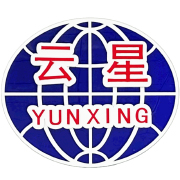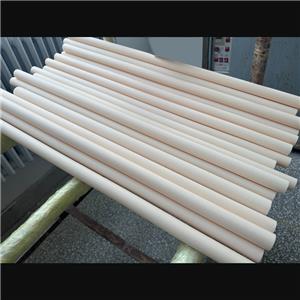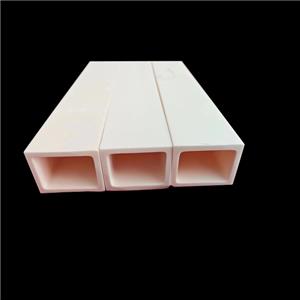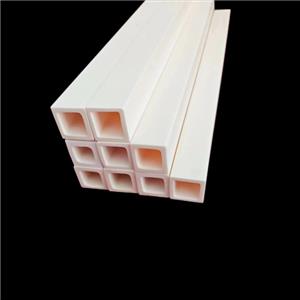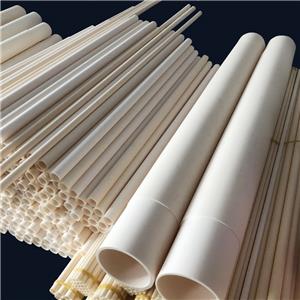Common Applications of Industrial Ceramics
Common Applications of Industrial Ceramics
Advanced engine technology
Industrial ceramics' high hardness, rigidity and ultra-high temperature resistance provide better material selection for the development of advanced automotive engines (such as adiabatic diesel engines, gas turbines and Stirling engines). Because the high temperature environment of automobile engines requires highly durable and high temperature resistant materials to withstand these conditions, the use of industrial ceramic materials ensures the highest engine performance, while also prolonging the overall service life of the engine and all engine components.Welding technology
Industrial ceramics are very suitable for welding technology. Parts made of zirconia, such as centering pins, are especially suitable because of their high toughness and are not easy to wear during welding. Especially in the automatic production process, components made of industrial ceramics also have obvious cost advantages, with higher product quality and significantly longer service life of the machine.
Fluid Technology
In the field of fluid technology, the key requirements for components are corrosion resistance, wear resistance, and low specific gravity. Components made of industrial ceramics have these characteristics and are also biocompatible, which means that they can also be used in food industry and medical technology.
Mechanical Industry
Ceramic Components Need to Meet Different Requirements in Mechanical and Factory Engineering Applications. These include high mechanical strength, wear resistance, thermal or electrical insulation properties, and thermal conductivity. These are all the characteristics that industrial ceramics can have.
Inductive technology
Industrial ceramics are widely used in the field of induction. Silicon nitride is most often used as a material because of its wear-resistant, electrically insulating and non-magnetic properties. In addition, it has great resistance to temperature changes.
Of course, the use of industrial ceramics is far more than the above industries or technologies, but they also have the disadvantages of poor tensile strength (which can be 15 times lower than the tensile strength of metal), poor point stress strength, brittleness, and difficulty in design, which make industrial ceramics not as commonly used as other common materials such as metal, glass, plastic, polymer, refractory, etc. However, their excellent performance in engineering properties makes the components made of highly specialized ceramic materials increasingly the only solution to the technical problems that cannot be overcome by traditional technologies. And all walks of life are actively trying to use these features to achieve various innovative applications that could not be achieved before, or to update and upgrade existing products to achieve better performance and longer service life. So far, the value of the global industrial ceramic market is about 60 billion US dollars.
Take the field of environmental protection as an example. In the past few years, the trend of incorporating industrial ceramic materials into various fields of the environmental protection industry has been continuously increasing. The latest application of some industrial ceramics can be found in advanced core technologies used to control air pollution level, bio-fuel, carbon sequestration, coal gasification, environmental restoration, green building technology, large-capacity energy storage, solar energy technology, etc. Some of these products (e.g., solid oxide fuel cell (SOFC) systems) are entirely composed of industrial ceramics. In addition, it is also beneficial to replace individual key components (e.g., insulating materials) with ceramics.
